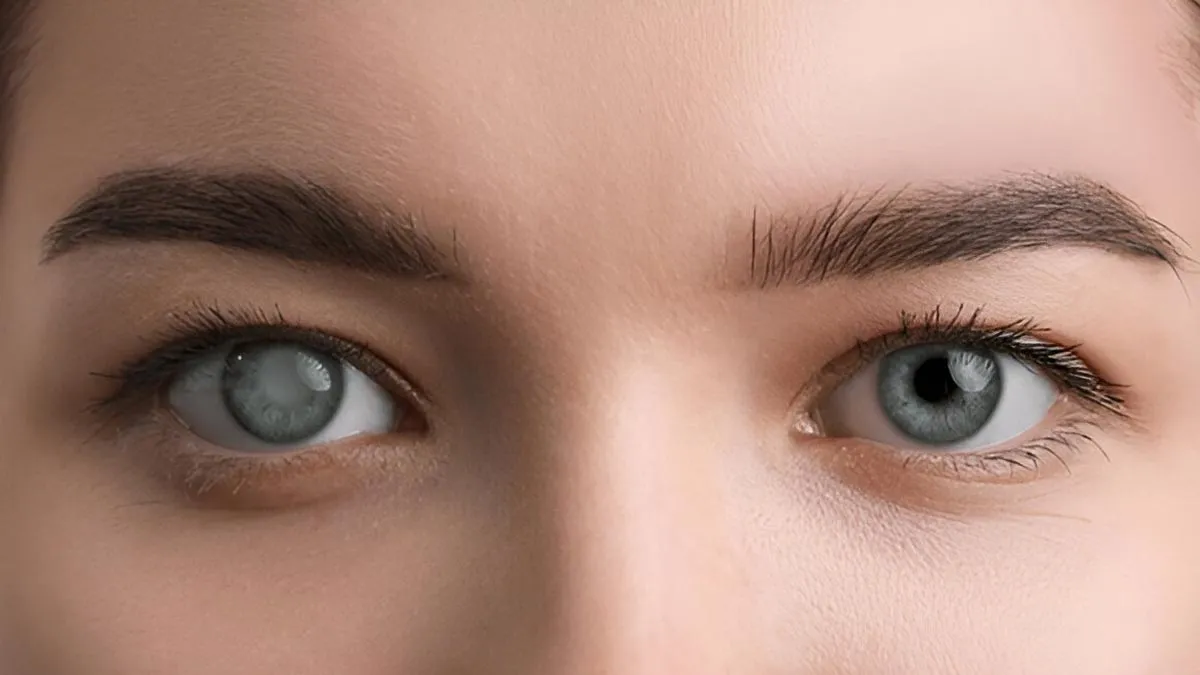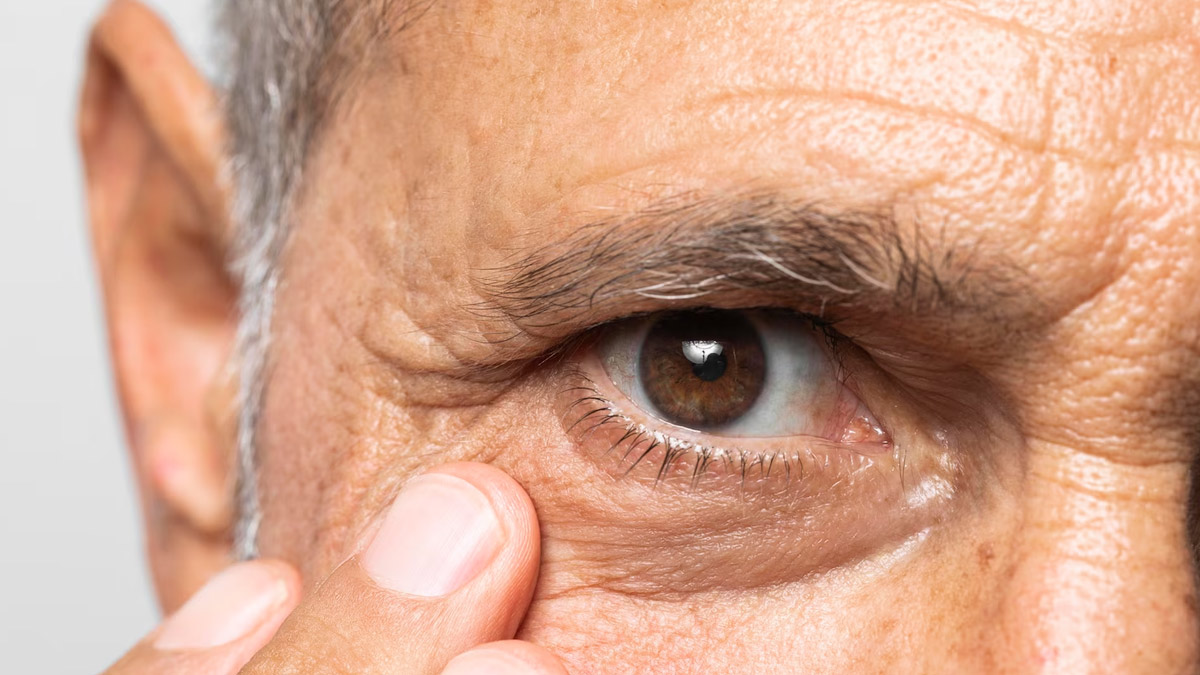
The optic nerve comprises millions of nerve fibres that send visual messages to your brain to help you see. Glaucoma is a group of eye diseases that damage the optic nerve, often due to high eye pressure caused by fluid buildup, leading to possible vision loss if left unchecked. Currently, glaucoma affects six crore individuals worldwide, according to a 2020 study published in the journal Cureus. Researchers highlighted that this number is expected to surpass 11 crore by 2040.
Table of Content:-
Much of the rise in its prevalence is attributed to glaucoma's silent, symptomless progression, where patients often don't realise they have the condition until significant, irreversible vision loss has occurred. Addressing the concern, Dr Roshan Colaco, Glaucoma Consultant, RJ Sankara Eye Hospital, Panvel, shares the common warning signs of glaucoma that often get missed and emphasises the importance of regular eye screening.
Also Read: Does Our Vision Really Change With Age? Expert Explains
What Is Glaucoma?

According to Dr Colaco, glaucoma is a leading cause of blindness. He explains, “There is a watery substance called the aqueous humour which is found in the eye and must constantly be flowing in and out. Its primary job is to both nourish the eye and remove the waste. If it does not drain, then just pressure is built. This high pressure can then harm the optic nerve, which acts as a wire carrying images from your eye to your brain.”
“A damaged optic nerve can lead to a loss of vision. Destruction of the optic nerve results in vision loss. The tricky part? Glaucoma can develop without any warning signs, which is why it is called a ‘silent disease’,” he adds.
Research suggests Primary Open-Angle Glaucoma (POAG) is the most common and prevalent type of glaucoma, affecting approximately 2-4% of individuals aged 40 and older and around 10% of those aged 75 and older.
Warning Signs Of Glaucoma You Shouldn’t Ignore

Dr Colaco notes that glaucoma is often referred to as the ‘silent thief of sight’, as it is painless at first and primarily develops within a person without any notable symptoms. “People typically associate gradual loss of vision or night vision problems with advanced age and tired eyes, but that isn't always true, as there are certain signs, such as peripheral vision impairment, rainbow-coloured halos around lights, issues seeing clearly in dimly lit environments, and hazy vision, which could result in glaucoma.”
Some of the early red flags include:
- A gradual loss of peripheral (side) vision
- Blurred vision
- Halos or rainbow rings around lights
- Eye pain
- Eye redness
- Nausea and vomiting
Also Read: Can High Cortisol Increase The Risk Of Glaucoma Here's What You Should Know
How Often Should You Get Your Eyes Tested To Detect Glaucoma Early?
“Experts recommend yearly check-ups after every two years from age 40, and anyone with a history of diabetes, hypertension, or long-term steroid administration should visit once a year without fail. Missing these appointments may leave the door open for sneaky diseases that steal important vision without warning,” shares Dr Colaco.
Treatment Options

If glaucoma is never identified or treated, the end result can be total and irreversible blindness, warns Dr Colaco. He explains, “Higher-than-normal eye pressure slowly sabotages the optic nerve, and once the nerve is hurt, it can’t be repaired. The vision that is lost to glaucoma stays lost. The disease is particularly deceptive; many people do not know they have glaucoma until they have already lost significant vision. From the outside it can seem to progress slowly, moving from the edges to the centre until only a small tunnel of sight remains, and then to no sight at all.”
This is why routine eye exams and regular follow-up appointments are absolutely essential.
For those diagnosed with glaucoma, treatment involves:
- Prescription eye drops, which may either cut back the eye’s fluid output or help the fluid drain more efficiently.
- An oral medicine in select cases, to augment the effect on eye pressure.
- Laser therapy, either as trabeculoplasty to open up outflow channels, iridotomy to create a small hole in the iris, or cyclophotocoagulation to soothe the tissue that creates fluid.
- When medication and laser do not achieve the needed results, doctors may choose a surgical intervention. Both trabeculectomy and the insertion of a drainage implant are effective, but each is generally offered only for advanced glaucoma or eyes that do not respond to drops or lasers.
Conclusion
Glaucoma is a group of diseases that should be detected early and treated promptly. If left untreated, the condition can progress swiftly and lead to complete blindness. Doctors recommend getting yearly eye exams, especially if you are older than 40 years of age. Even though glaucoma is not curable, treatment can help manage the condition and prevent it from progressing further and doing more damage to the optic nerve. It is absolutely necessary to stay in touch with your doctor.
Also watch this video
How we keep this article up to date:
We work with experts and keep a close eye on the latest in health and wellness. Whenever there is a new research or helpful information, we update our articles with accurate and useful advice.
Current Version